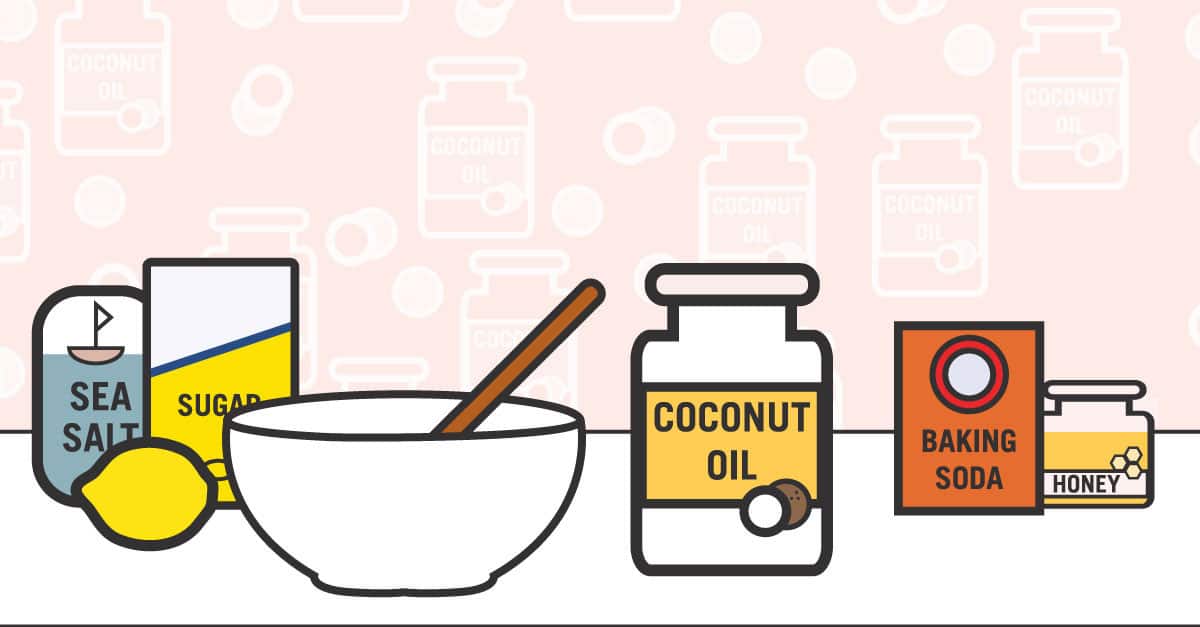Create Your Own Coconut Oil Beauty Products
Coconut Oil beauty products are the most popular beauty products on the market. Coconut Oil can help fight bacteria and viruses that cause illness, along with fending off yeast, fungus and candida.
You can make everything from Deodorant to Sunscreen using Coconut Oil as the main ingredient. We have compiled ten different recipes in this Infographic as a guide for homemade beauty products.

